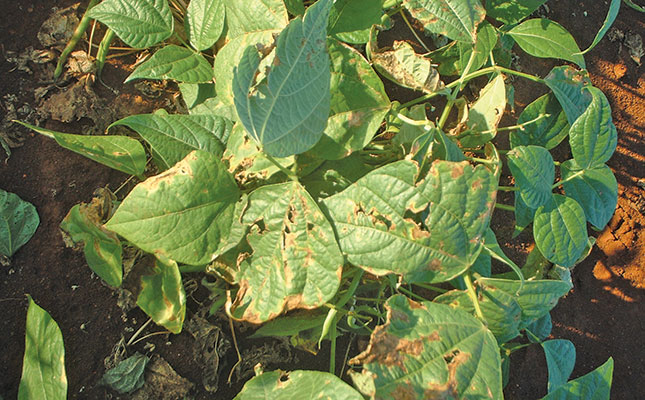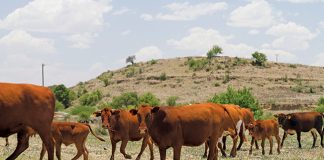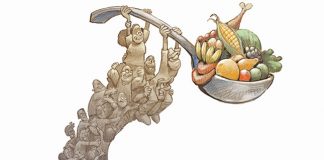
Photo: Bill Kerr
Consider the extra cost as a form of insurance. I once visited a seed company in the US that produces its bean seed in Idaho. This is a quarantine state; no bean seed is allowed to be planted there without first going into quarantine. Other stringent measures are also taken.
Attention to detail
The state takes this process extremely seriously, and the confidence derived from the regulation is of great economic importance to those who purchase seed produced there. I once wanted to send bean seed to Australia.
Despite the fact that it would be accompanied by a phytosanitary certificate declaring it free of bacterial diseases, my recipient refused to accept it. They insisted that their imported seed had to come from Idaho!
On visiting the production lands in Idaho, I learnt that all irrigation had to be flood or drip irrigation. No overhead irrigation was allowed, as this provides an environment more favourable for the development of bacterial disease. (Idaho is a low-rainfall area.)
The lands are inspected by qualified inspectors, who search for any signs of bacterial diseases. They wear rubber waders similar to those used by trout fishermen and spray themselves with disinfectant before entering each land.
If an infected patch is found, the land is destroyed and the entire area subjected to more inspections to ensure that the disease has not spread. Insects, birds and any form of traffic through the land can be responsible for this.
Harvesting
When the crop is nearly ready for harvesting, daily moisture tests of the seed are taken until it is deemed to be sufficiently dry.
The seeds cannot be too dry, though, or else the seed coat is likely to crack, compromising germination.
Harvesting is done with special combines designed to limit damage to the beans.
At the factory, the seeds are cleaned, graded and sprayed with suitable protective treatments. All misshapen and discoloured seeds are separated, finely ground and added to water, which is sprayed onto laboratory plants known to be highly susceptible to bacterial diseases.
These plants are then monitored for any symptoms of disease. If none appear, the batch is finally declared disease-free and ready for the market.
Caring for the seed on your farm
Bags of bean seed should be handled with great care. In particular, they should not be thrown off a delivery vehicle. The impact of being dropped can damage many seeds in the packet.
Planters should also not be ‘rough’ on the seed. Bacterial diseases are not the only ones that are seed-borne, but they pose the greatest hazard. I shall discuss other seed-borne diseases at a later stage.
Bill Kerr is a vegetable specialist and a breeder of a range of vegetables.











